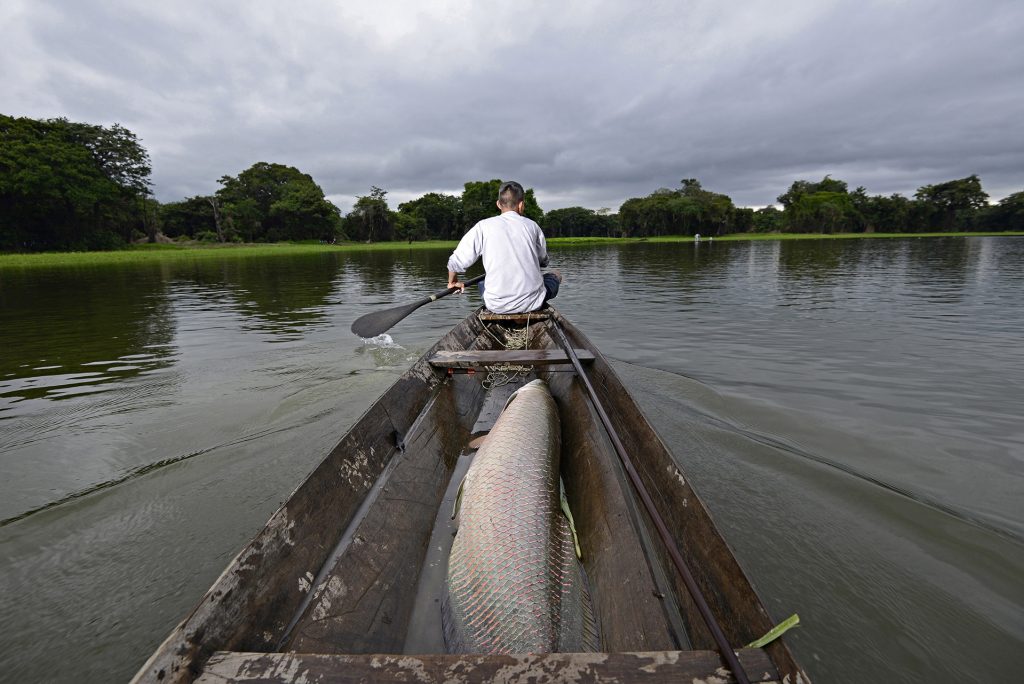Projects supported by the USAID/PCAB program must, in aggregate, contribute to the protection and maintenance of biodiversity, forest cover and ecosystem function in the Brazilian Amazon, and do so in a way that is also supportive or enhancing of community well-being. The expanded Nossa Terra/Sustainable Livelihoods project will contribute to securing biodiversity in Amazonian protected areas by facilitating the entry, permanence or increased scope of participation of resident communities in sustainable, value-added, natural resource-based value chains. The project treats the community-territory-natural resource base in indigenous lands and multiple-use conservation units as a linked socio-ecological system whose resilience is rooted in the dynamic interactions among people, territory and resources and affected by external policy, economic and environmental factors.

Recent studies from the Amazon Fund have identified the lack of sustainable value chains as a weak link in the economy of traditional forest peoples and highlighted the need for work to structure them and improve their sustainability, increasingly connecting them with private sector actors interested in bottom-line solutions. Forest peoples that live in protected areas, however, face several daunting obstacles that need to be overcome in order to move their economies beyond a subsistence level and allow them to participate more readily in regional and national markets. These obstacles include long distances from major markets, lack of adequate transportation and financial infrastructure, and lack of knowledge regarding the requirements for successful business enterprises. Additional constraints, albeit necessary ones, derive from regulations for production in Brazilian protected areas. Resident families and communities in extractive reserves cannot lease land or resources for outside interests to explore, and exploitation of common pool resources is expected to occur in a non-privatized manner with return of benefits to the communities. Therefore, appropriately, timber and non-timber forest products can only be extracted and enter a value chain from extractive reserves at scale through community-based enterprises that control the early, territory-based stages of production[1].
This project addresses many of these obstacles in an integrated, strategic manner. This theory of change starts from several key premises. The project proposes that when protected area communities receive economic benefits from sustainably harvested forest-based products (in addition to the subsistence benefits they already receive from these resources as a result of secure access to their territories) they are less likely to adopt economic activities that damage the forest and are more likely to remain resident in the protected area. If community members themselves are involved in value-added processing and in presenting and negotiating their products in urban areas, then more value and capacities eventually accrue to the communities.
The project works in Indigenous Lands and in Multiple Use protected areas, primarily Extractive Reserves but also National Forests and Sustainable Development Reserves. In National and State Forests, outside of any areas zoned for resident community use, the government can lease forest tracts to the private sector for low-impact timber extraction. Timber production in Extractive Reserves is only allowed by communities, but the communities must have a rigorous, government approved forest management plan. At the other end of the scale of production, individual families can collect and sell non-timber forest products. In the case of tourism, regulations for tourism operation concessions to either the private sector or communities in multiple-use protected areas are still being developed and tested.
